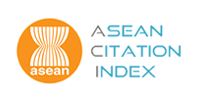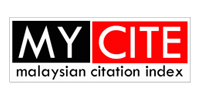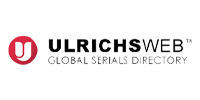Healing Process Affected by Morphology of PCL/Epoxy Blends
DOI:
https://doi.org/10.58915/ijneam.v17i2.686Keywords:
Self-healing, Epoxy, Blend, polycaprolactone PCL, MorphologyAbstract
In this study, a blend of epoxy and polycaprolactone (PCL) was prepared to investigate its properties. Different weight percentages of thermoplastic PCL (0.25, 0.5, 1, 2 wt%) were combined with epoxy coatings. The final morphology revealed PCL scattered as spherical particles within the epoxy phase, which was functioning as a continuous matrix. The coating showed toughness and rigidity when it had fully cured. The PCL phase had a special behavior when heated, called "bleeding," in which it filled any open surfaces of its own volition. By using molten PCL to fill in cracks, this property can be used for self-healing applications. The self-healing efficacy of blends with different PCL contents was assessed. The self-healing efficacy of the various mixes was determined by dividing the width of the self-healed crack by the width of the original crack. The results showed that the highest thermal-mending efficiencies, reaching 100%, were achieved with a PCL/epoxy blend containing co-continuous phases, specifically at a 1 wt.% PCL content. Fourier-transform infrared (FTIR) analysis indicated that there was physical interaction between the epoxy and PCL phases, but no chemical bonding occurred between them.

















